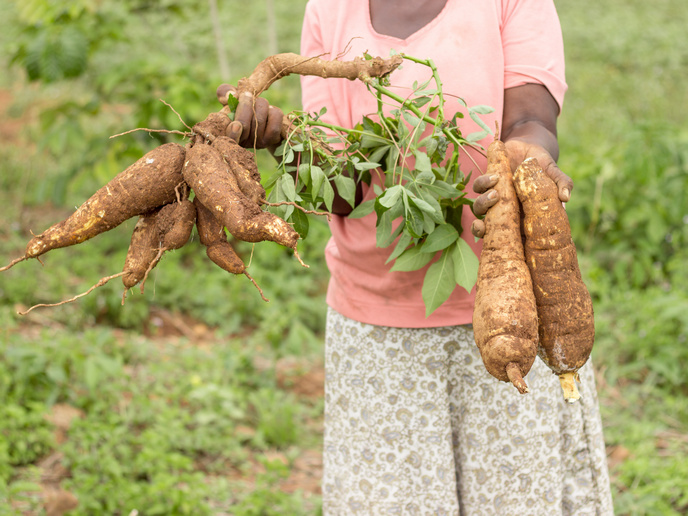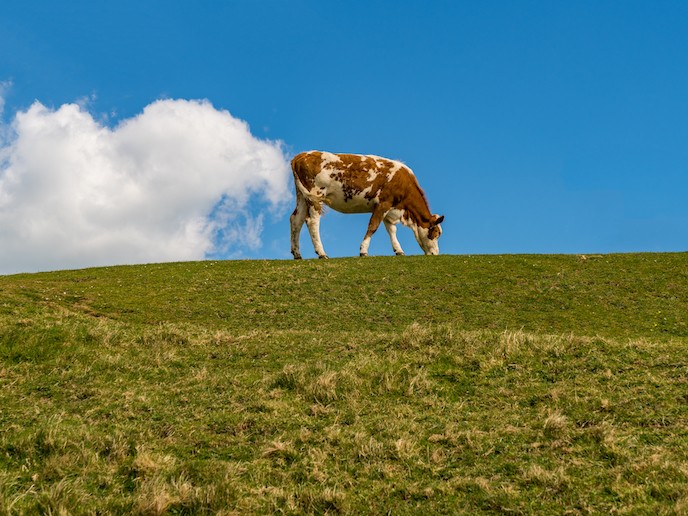Turning agricultural waste into revenue across Africa
Africa’s population is set to reach nearly 2.5 billion by 2050(opens in new window), causing major demographic and socio-economic challenges. At the same time, shifting weather patterns and extreme weather events due to climate change threaten ecosystems, farmers’ livelihoods and food security. The continent also suffers from weak agricultural productivity, poor-quality animal feed, and value chains dominated by low-value, unprocessed commodities. Rural areas across Africa produce large quantities of agricultural waste in the form of cassava peels, cereal straw, legume by-products and animal manure. These represent a valuable resource but are often left unused or burned in the field, resulting in soil degradation, air pollution and greenhouse gas emissions. Without appropriate action, these unsustainable practices can worsen environmental degradation, decrease resilience to climate change and make it more difficult for farmers to escape poverty.
Multiple technologies
The BIO4AFRICA(opens in new window) project addressed these challenges by developing climate-resilient, small-scale technologies for turning agricultural waste and biomass into revenue-generating products. “Around 300 small farms and farmers’ groups tested green biorefineries, pyrolysis kilns, hydrothermal carbonisation(opens in new window) (HTC), briquetting, pelletising and biocomposite production at pilot sites in Côte d’Ivoire, Ghana, Senegal and Uganda,” explains project coordinator Jean-Michel Commandre. Green biorefineries converted legumes and grasses into press cake ruminant feed and protein concentrate for pigs, poultry and fish. Whey was tested as a crop fertiliser, piglet feed and a source of high-value compounds with nutraceutical potential. Pyrolysis and HTC transformed cassava peels, cashew shells, manure and other residues into biochar and hydrochar for water filters, cooking briquettes, soil enhancer and additives for biogas production. In addition, pelletisation and briquetting were used to produce feed pellets for small livestock and poultry and solid fuels for households. Meanwhile, biocomposites and bioplastics from residues such as cocoa fibres and rice husks were tested for use as packaging and construction materials.
First of their kind
Project partners also created a unique online catalogue of 80+ technologies suitable for rural Africa. According to Jean-Michel Commandre, “these are freely accessible and designed to help farmers and cooperatives identify appropriate circular solutions.” An open-access feedstock database was compiled, documenting the characteristics, availability and valorisation potential of key agricultural residues (cassava peels, maize cobs, groundnut husks, cashew shells, rice husks, manure, etc.) across the four pilot countries. “This is the first resource of this type for supporting evidence-based bioeconomy deployment in rural Africa,” adds Commandre.
Saying no to waste
A major success of BIO4AFRICA’s training programme was the Kapatchiva cooperative(opens in new window) in Côte d’Ivoire. “They adopted densification and pyrolysis technologies to transform local residues into livestock feed pellets and biochar, showcasing how cooperatives can lead income diversification and technology uptake,” comments Jean-Michel Commandre. “Furthermore, partners and local cooperatives in all four participating African nations have commercially exploited and expanded the pilot platforms, training new farmers and seeking finance for scale-up. The statement ‘there is no waste’ is very true of BIO4AFRICA, because the project has shown that agricultural residues and by-products can be transformed into valuable bio-based products. These are used to improve farm incomes, soil fertility and environmental sustainability,” Commandre concludes.







